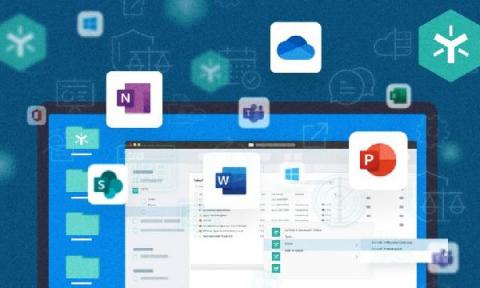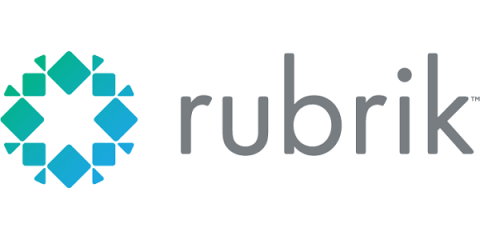Egnyte and Microsoft Now Empower Co-Editing for Desktop and Mobile
With today’s distributed workforce, it’s essential to have the right tools to collaborate with co-workers. Now with the Egnyte Microsoft Office integration, users can co-edit on Microsoft documents in real-time from the Office Desktop apps. Users now have a choice to use their preferred device.










